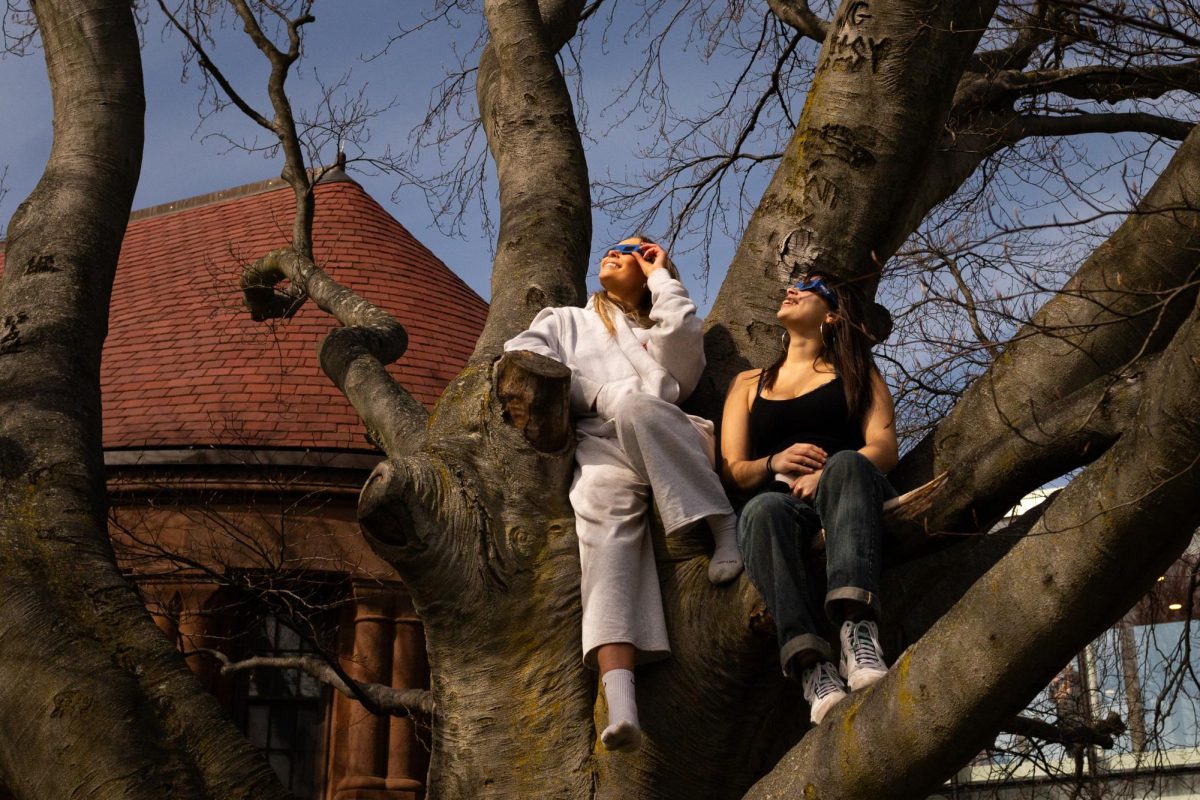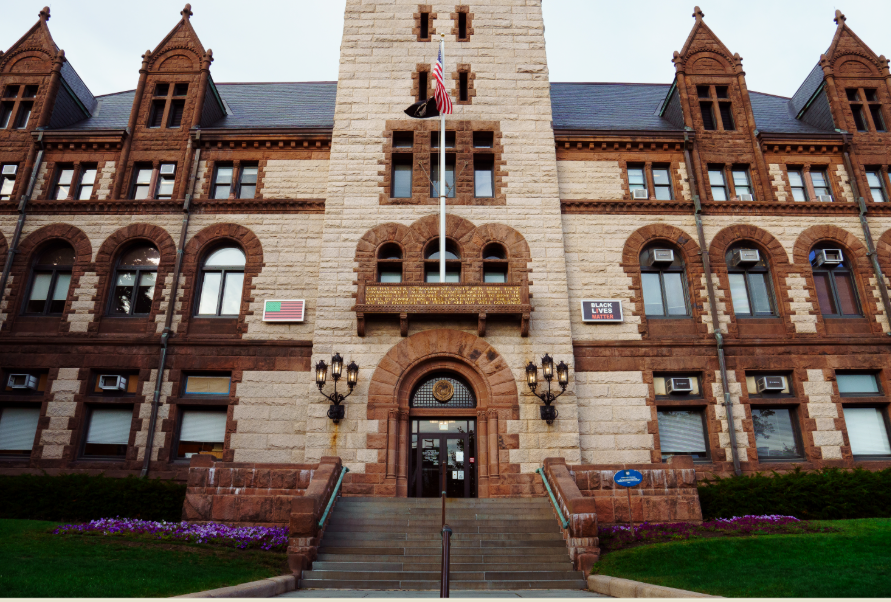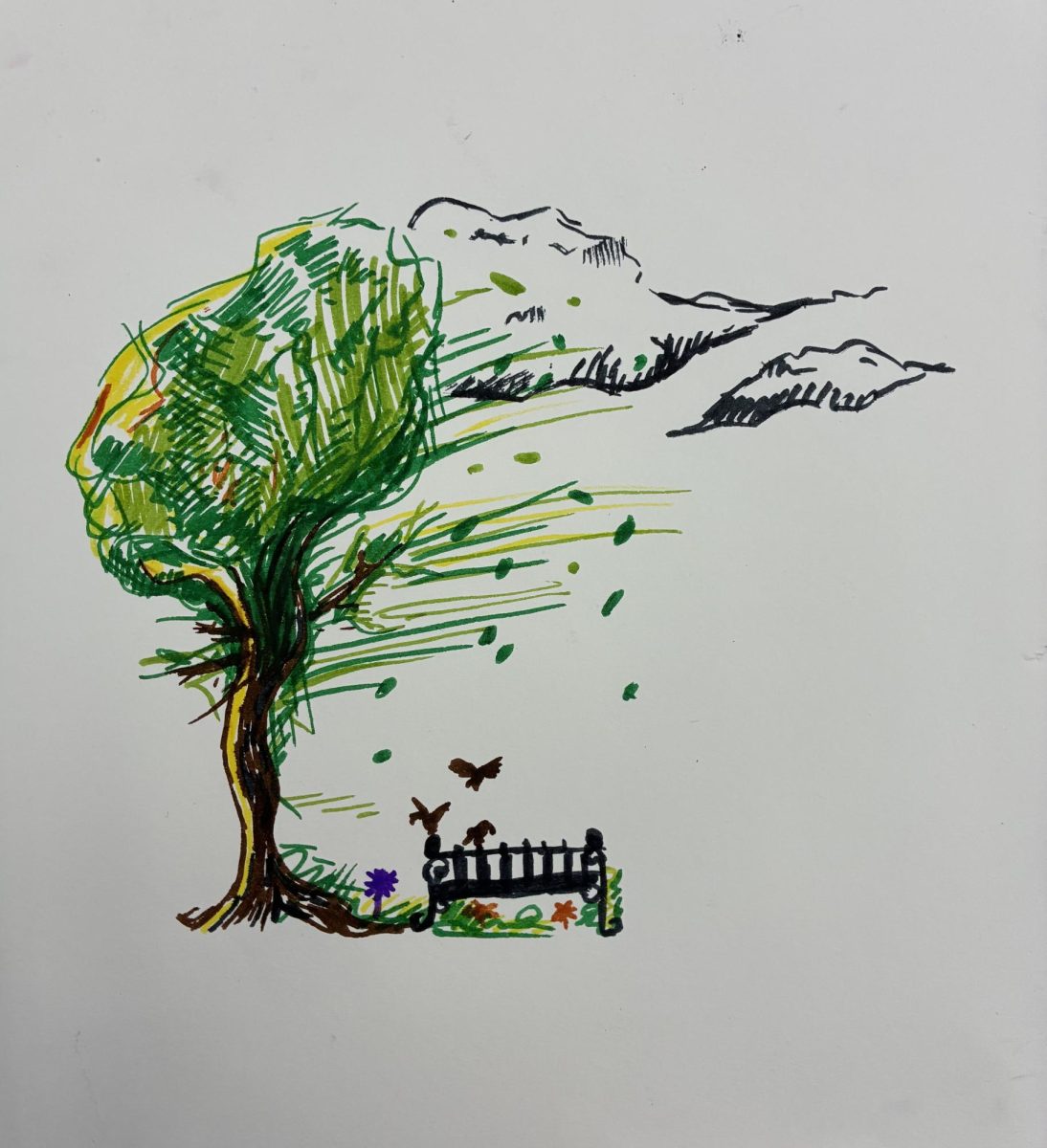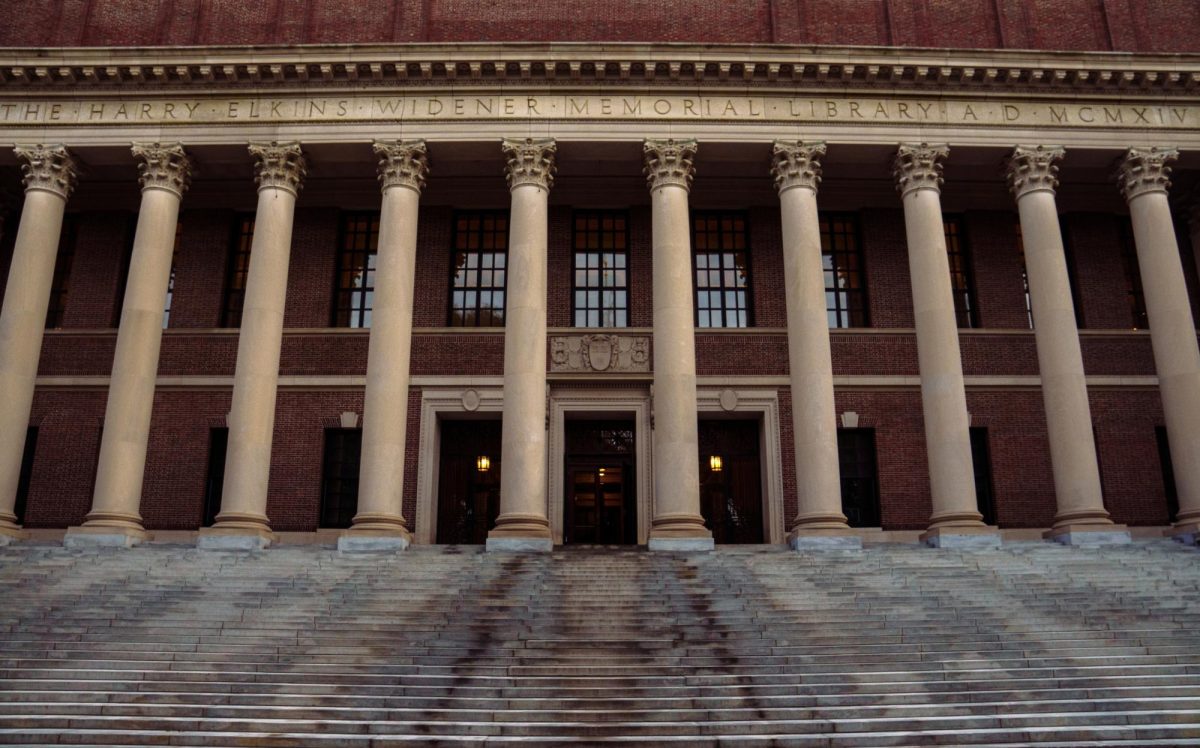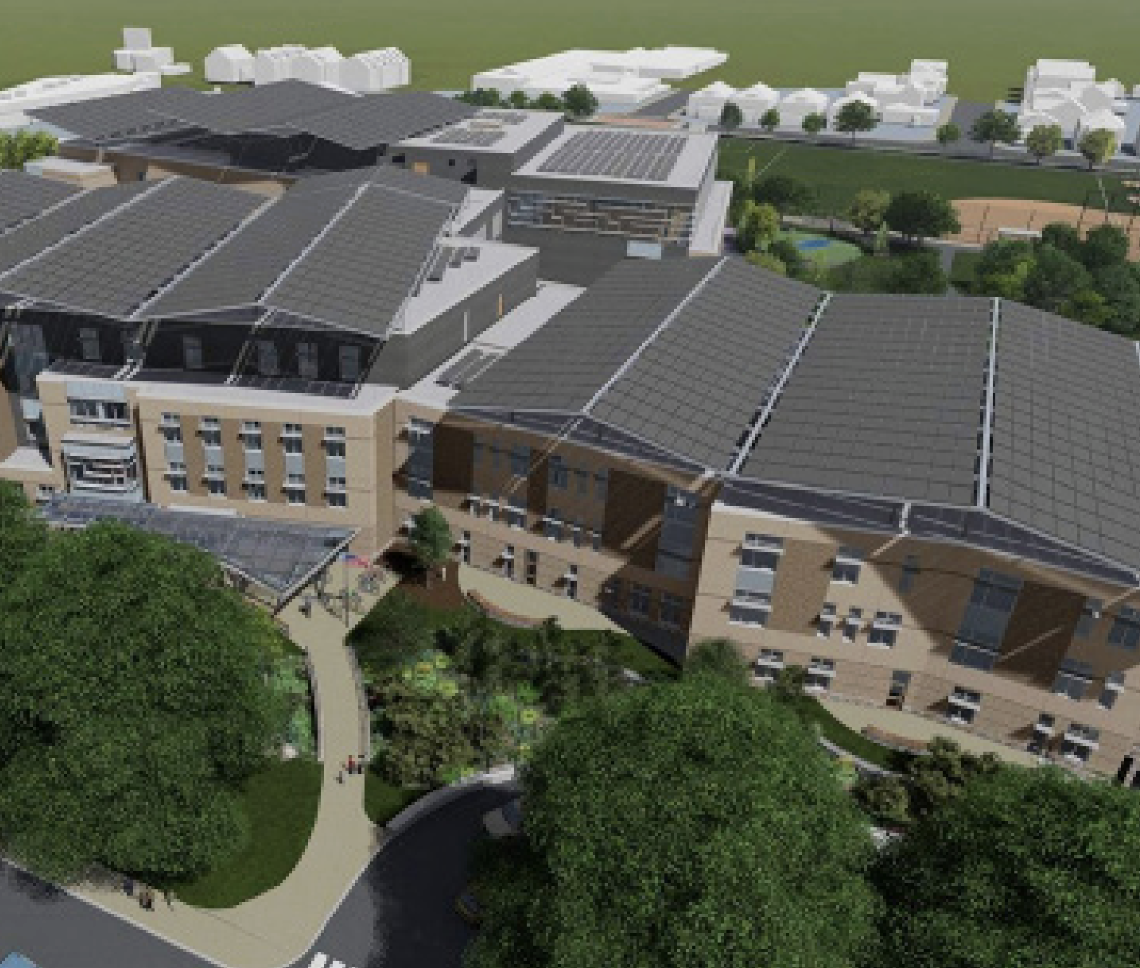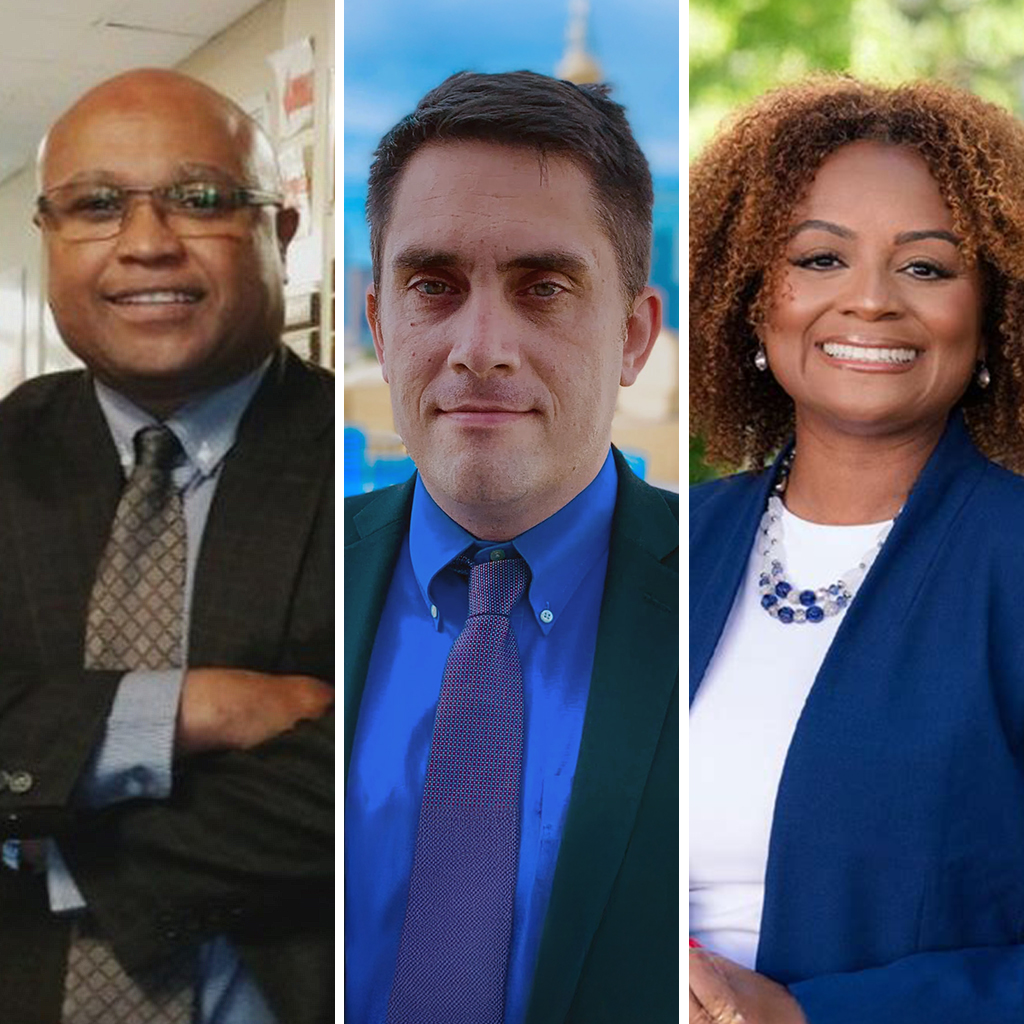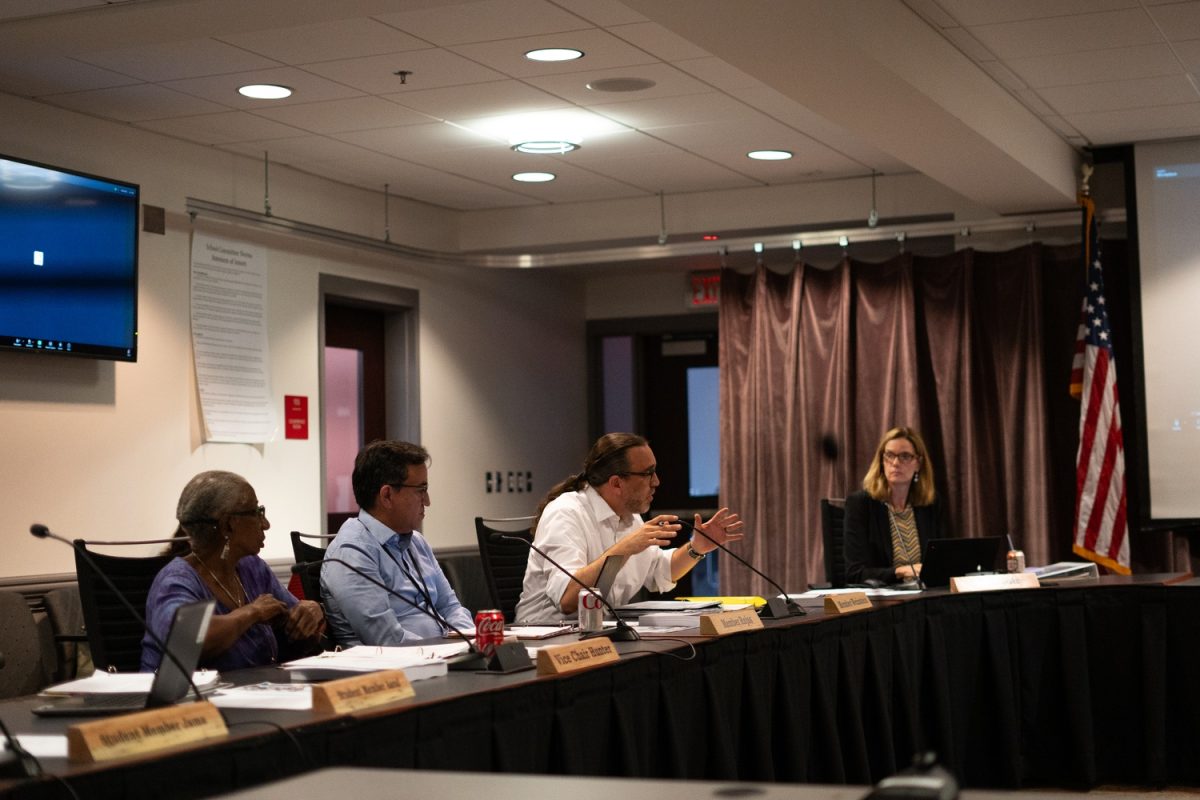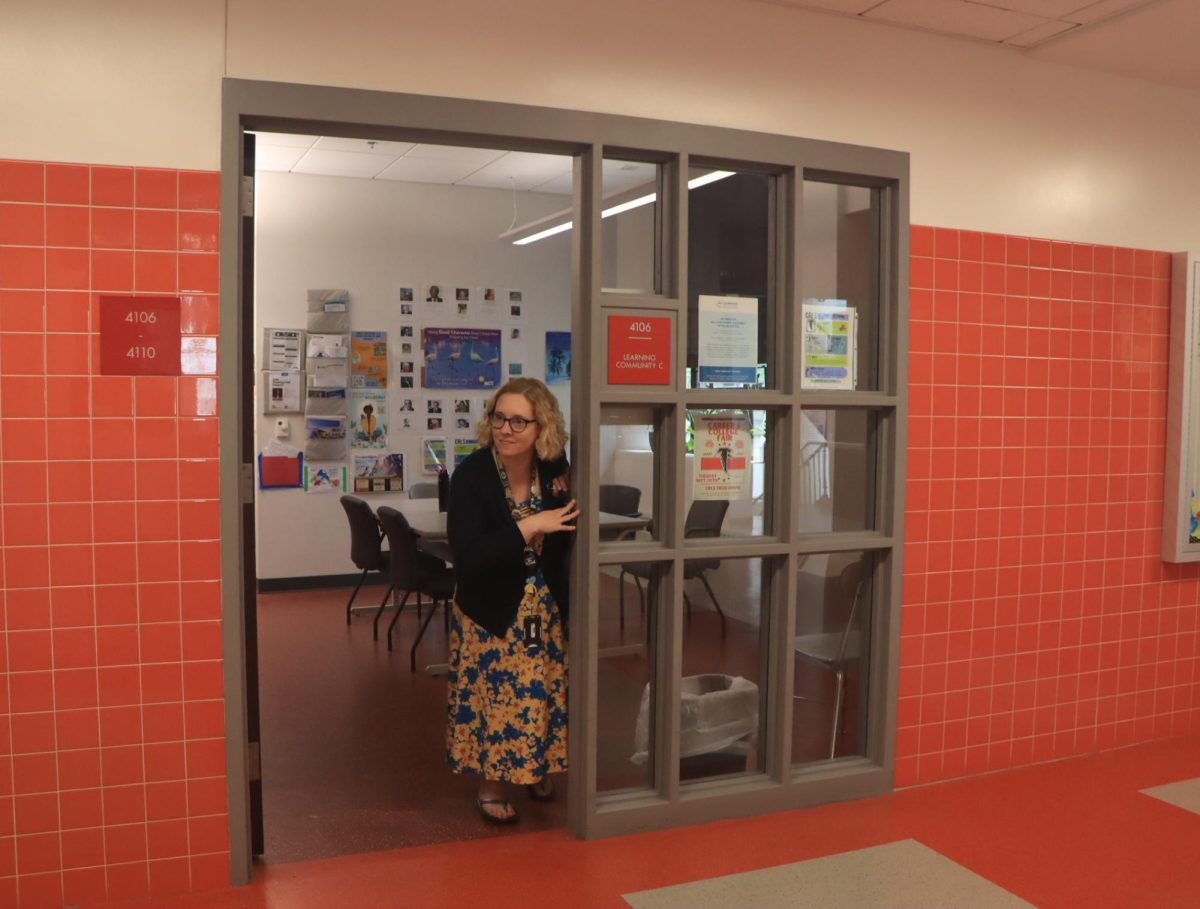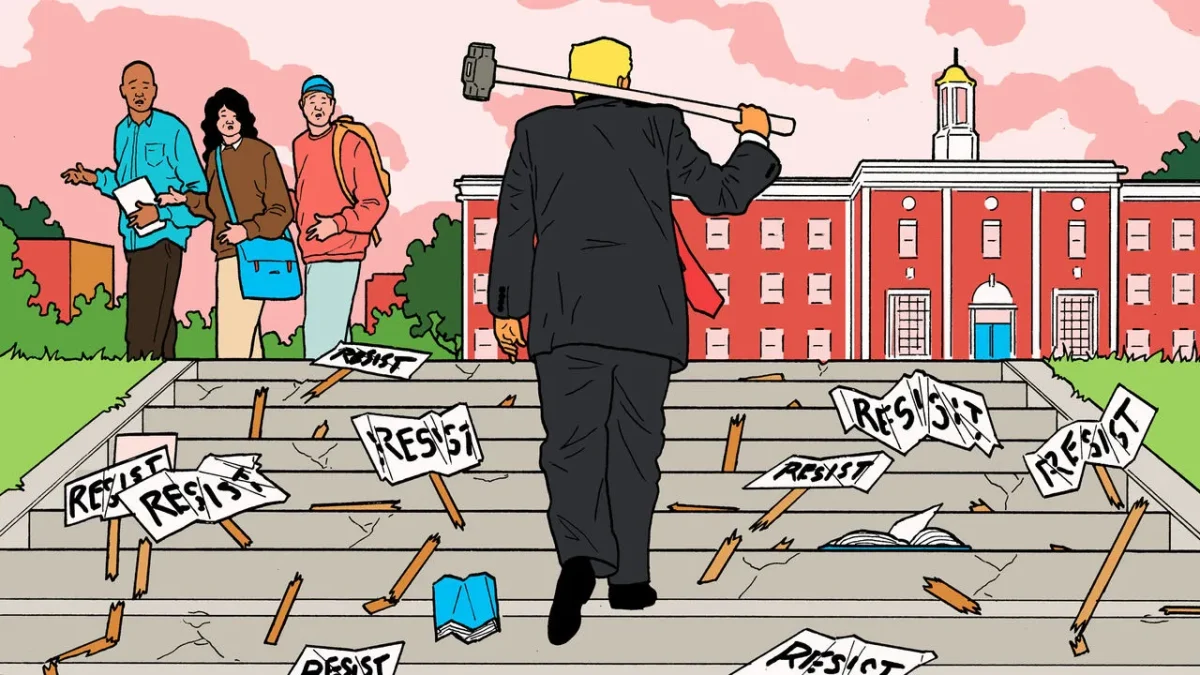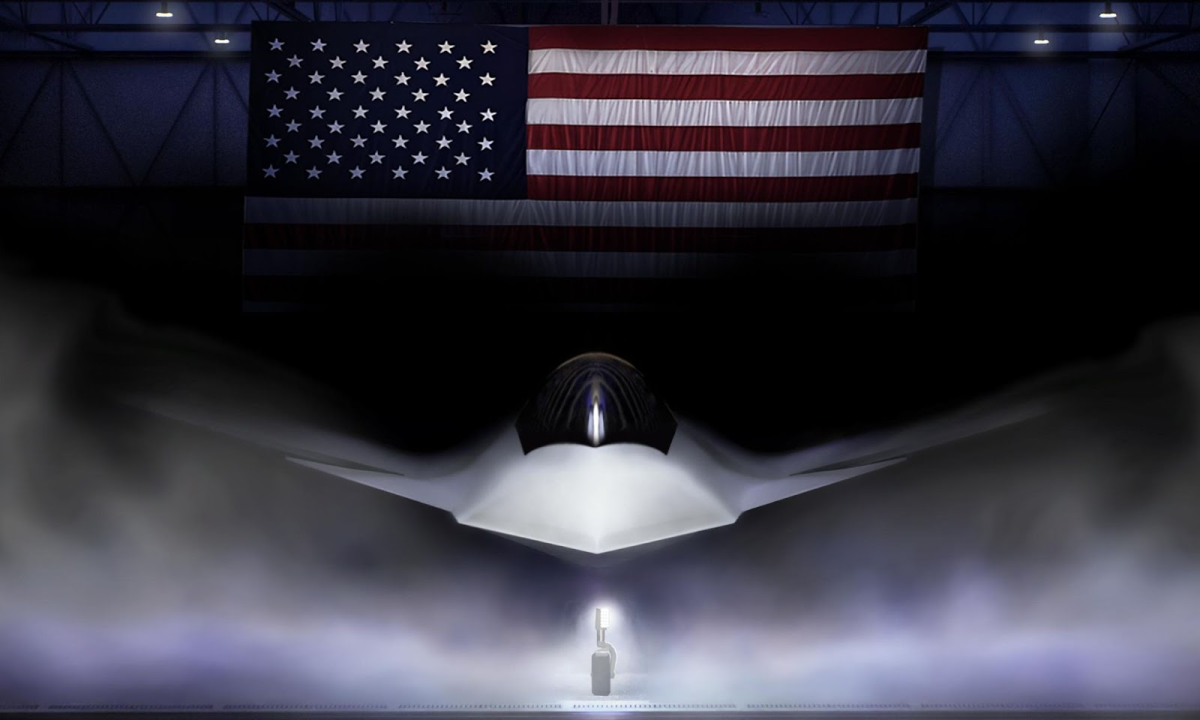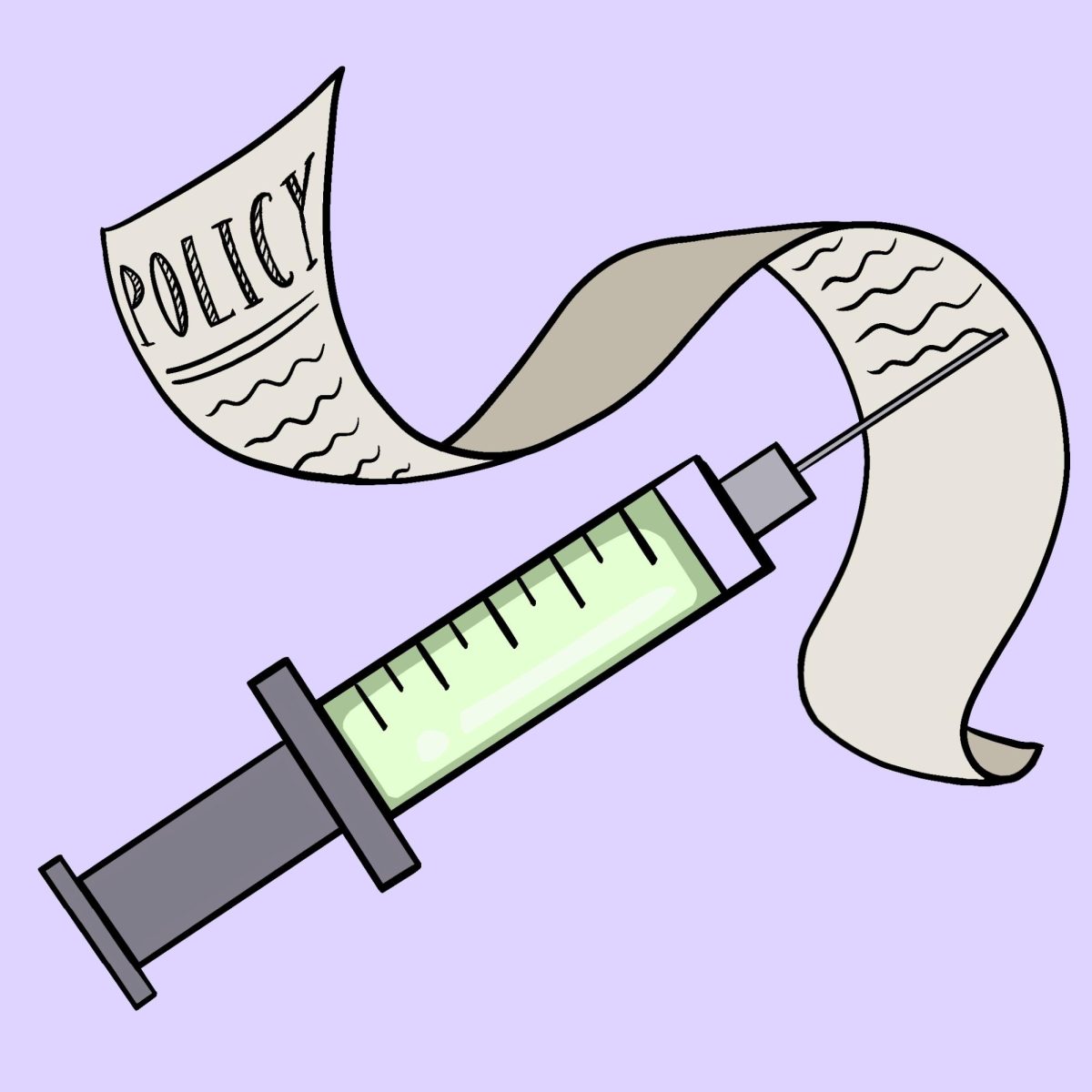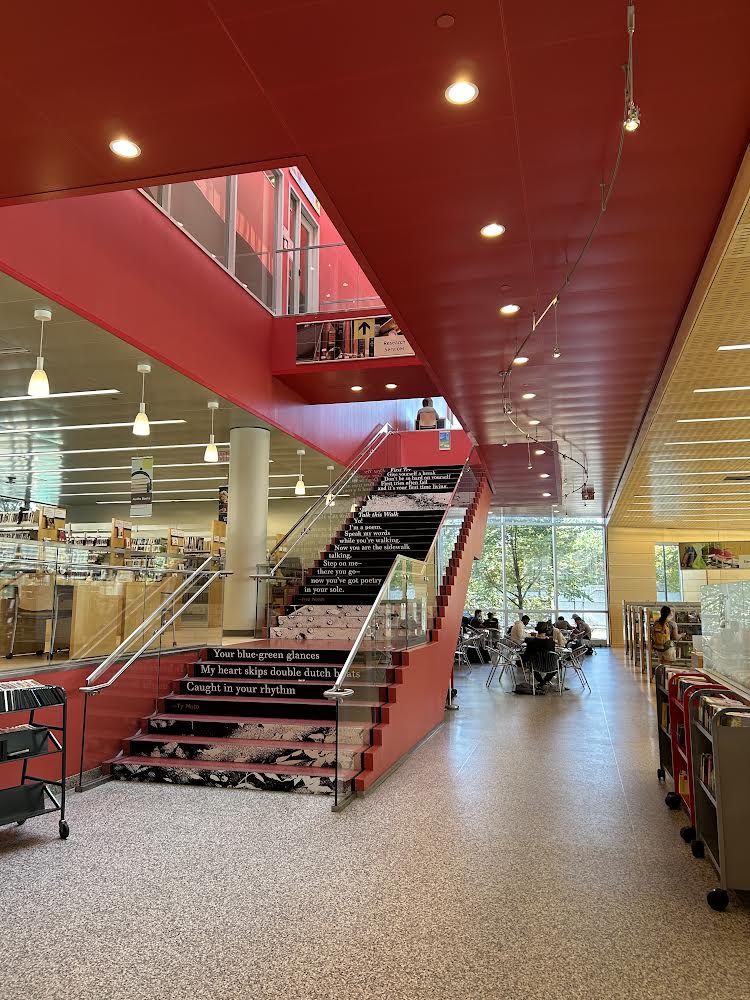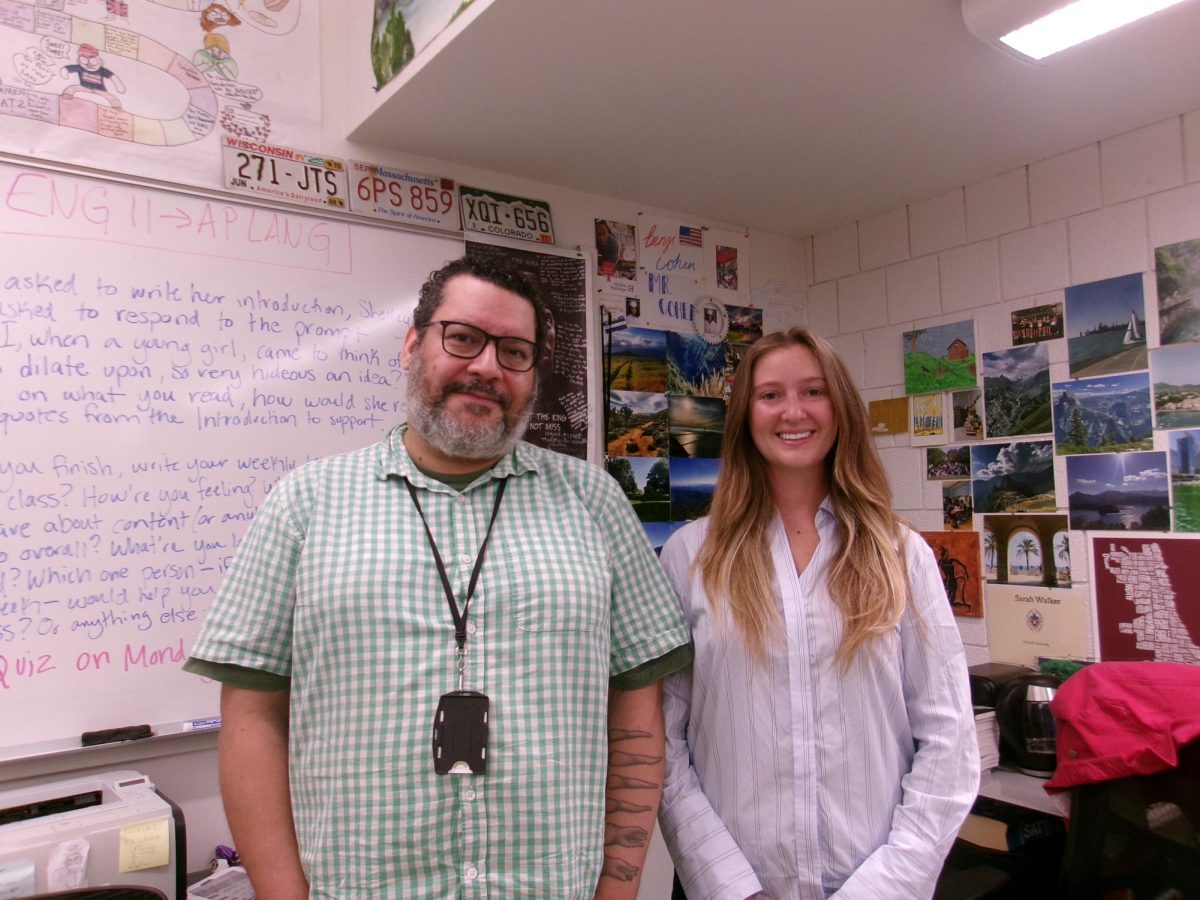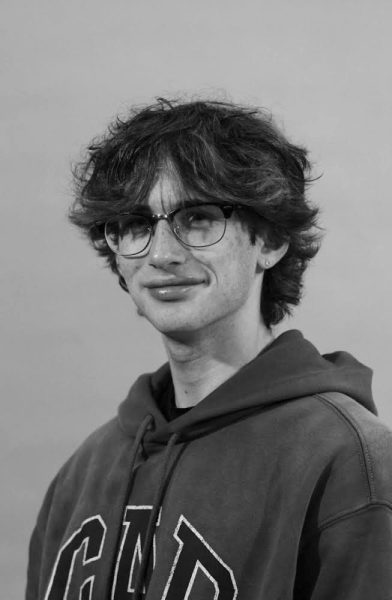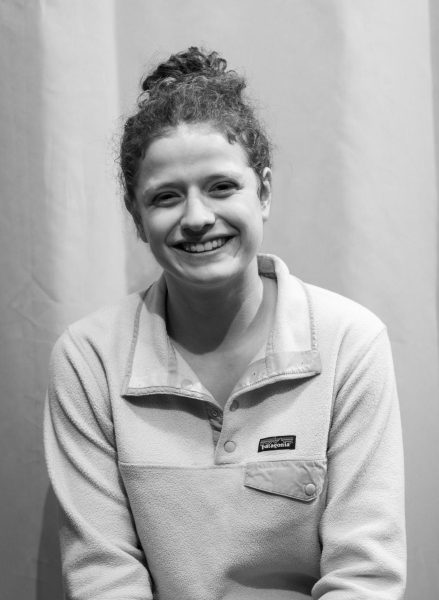On Monday April 8, students all over campus gathered outside during fourth period, protective glasses on and heads craned up to the fiery ball of gas looming in the sky. Everybody was readily watching for the total solar eclipse: the first one since 2017 and the last one passing through the United States until 2044.
This may be the closest Cambridge will ever be to seeing totality, and students and teachers alike jumped at the opportunity to watch it unfold in front of their very own eyes. Everyone watched the moon slowly, but surely, made its way across the light of the sun.
However, many students were quite disappointed in the outcome of this event; the sun was not fully covered, and it hadn’t darkened as much as many were hoping for. Elijah Bartholomew ’26 told the Register Forum, “I didn’t realize just how crucial it was to experience the eclipse in a place where you could see full totality.”
While understandable, these observations can be explained through an analysis of the factors behind the solar eclipse: outside the totality range of 100%, the sun is not fully covered by the moon. Total solar eclipses only happen every two or three years, but these usually happen in quite remote areas, commonly over oceans with little to no inhabited land. This solar eclipse is extremely special, as the 115 mile line of totality spanned across a great portion of the United States, even stretching into New England, giving us 93% coverage in the Boston area. There are many factors that determine when and where a total solar eclipse will occur. In effect, the phenomenon is a byproduct of the rotation of the moon around the earth and the rotation of the earth around the sun. However, the rotation of the moon around the earth is not a perfect circle but instead an ellipse that is at an angle relative to the sun. Even though the moon rotates around our planet around once a month, the chance that it will line up with the sun is very low. Whenever the moon lines up perfectly between the sun and the earth, its shadow will block out all light in the path of totality for 3-4 minutes.
This rare phenomenon may never be this close to Cambridge again, and it really was a once in a lifetime experience. CRLS students who didn’t see the eclipse in person or weren’t able to get a great picture of it should look online for the thousands of pictures and videos that give an almost lifelike experience of the eclipse. Keep your eyes out for the next eclipse and try to experience totality if you haven’t already as it is a wonderful experience that many CRLS students have shared together.
The article also appears in our print April 2024 edition.

